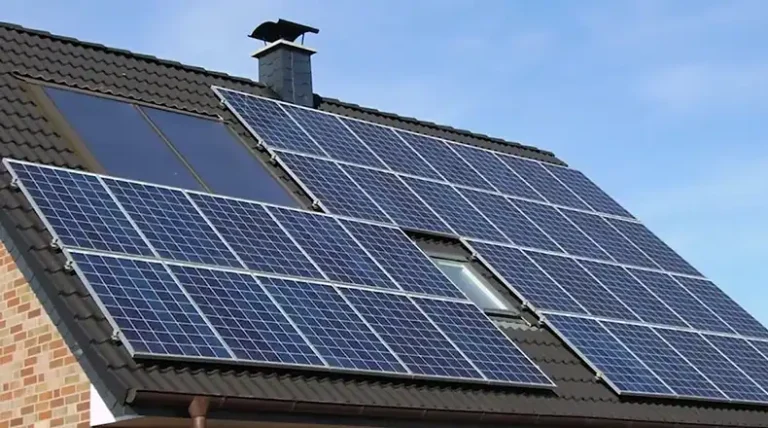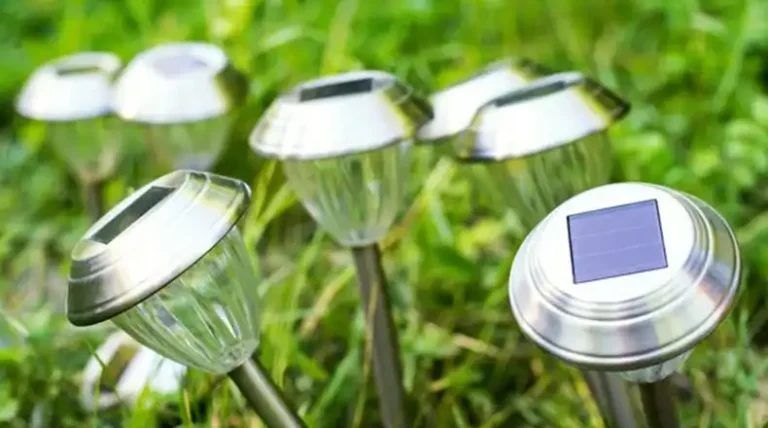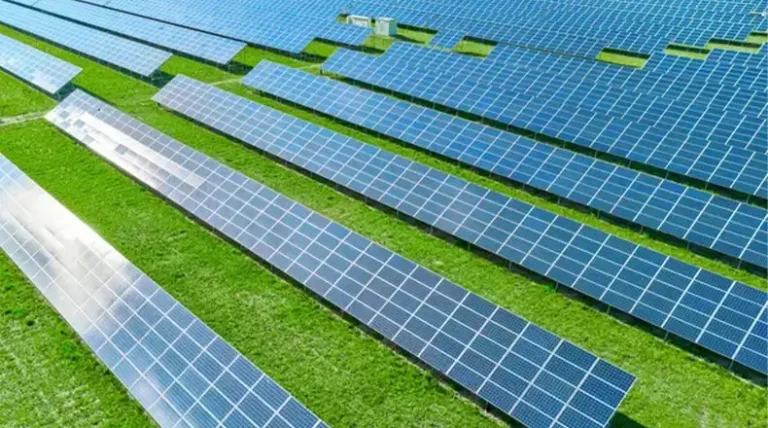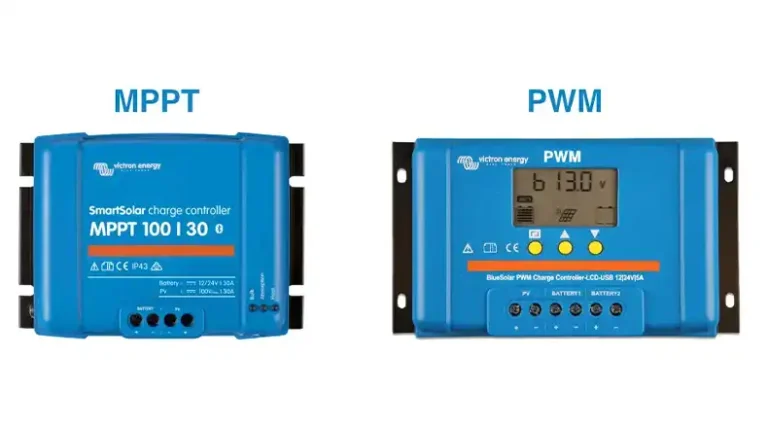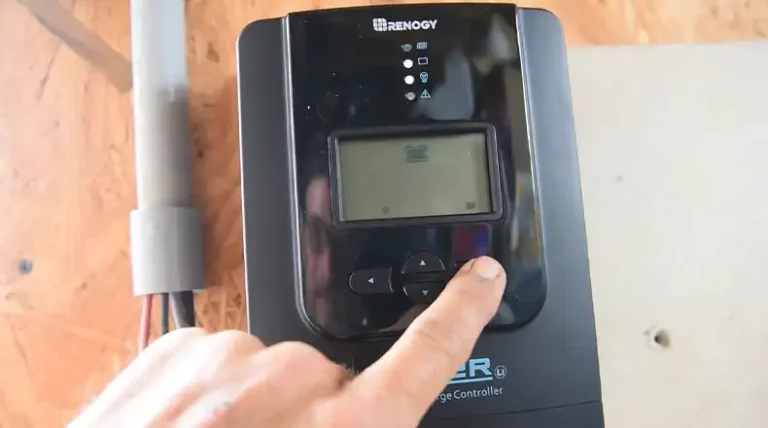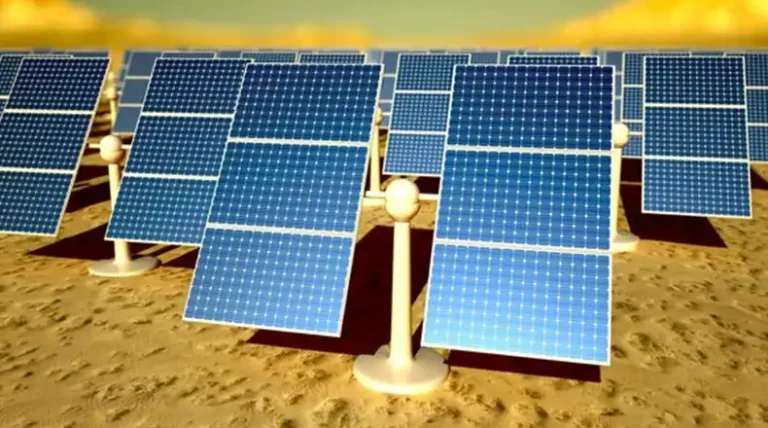Can a Solar Powered Light Power Itself?
solar-powered lights are a sustainable and cost-effective way to illuminate your homes, gardens, and outdoor spaces. But can solar-powered lights power themselves?
The answer to this question is yes, a solar-powered light can power itself to a certain extent, but there are limitations and factors that determine its self-sufficiency.
If you’re considering investing in solar-powered lights or simply curious about the technology behind them, this article will explain the functions of how these lights operate, their capabilities, and the factors that influence their self-powering abilities.
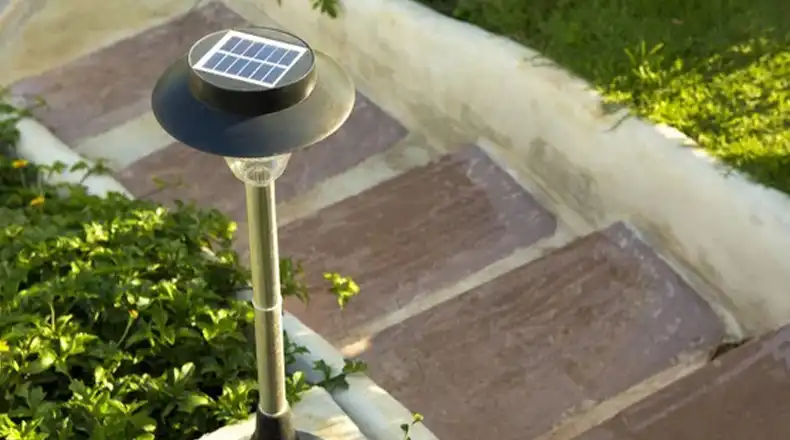
Do Solar Powered Lights Power Themselves?
Solar-powered lights rely on a closed-loop system, where the solar panels capture sunlight during the day and convert it into electrical energy, which is then stored in rechargeable batteries. At night, or when there is no direct sunlight, the stored energy in the batteries powers the LED lights.
However, it’s important to note that the self-powering capabilities of solar-powered lights are not entirely unlimited. The efficiency of the solar panels, the capacity of the batteries, and the amount of sunlight available all play a crucial role in determining how effectively these lights can power themselves without external energy sources.
In ideal conditions, with sufficient sunlight exposure and high-quality components, a well-designed solar-powered light system can be truly self-sustaining, requiring no additional power input. However, in real-world scenarios, there may be periods of cloudy or overcast weather, or situations where the light’s energy consumption exceeds the solar panel’s charging capabilities. In such cases, the batteries may eventually run out of charge, and the light may require a supplemental charging source or direct sunlight to recharge.
How Solar-Powered Lights Work
Solar-powered lights are designed to harness the sun’s energy and convert it into electrical energy that can be stored and used to power the light fixture. The process involves three main components: solar panels, rechargeable batteries, and light-emitting diodes (LEDs).
- Solar Panels: The solar panels, typically made of photovoltaic cells, are responsible for capturing the sun’s energy and converting it into electrical energy. When sunlight hits the solar cells, it creates an electrical current through a process called the photovoltaic effect. The more sunlight the solar panels receive, the more electrical energy they can generate.
- Rechargeable Batteries: The electrical energy generated by the solar panels is stored in rechargeable batteries, typically lead-acid or lithium-ion batteries. These batteries act as a reservoir, holding the energy until it’s needed to power the light fixture. The capacity of the batteries determines how long the light can operate without direct sunlight.
- Light-Emitting Diodes (LEDs): Solar-powered lights typically use energy-efficient LEDs as their light source. LEDs are highly efficient and can provide bright, long-lasting illumination while consuming minimal power. This makes them an ideal choice for solar-powered applications, where energy conservation is crucial.
Factors that Affect Self-Powering Capabilities of Solar-Powered Lights
While solar-powered lights can theoretically power themselves, several factors influence their ability to do so effectively. Understanding these factors is crucial when evaluating the suitability of solar-powered lights for specific applications.
Sunlight Availability
The most critical factor affecting a solar-powered light’s self-powering capabilities is the availability of sunlight. In areas with ample sunlight throughout the year, solar panels can generate enough energy to keep the batteries charged and power the lights consistently. However, in regions with limited sunlight or prolonged periods of cloudy weather, the solar panels may not be able to generate sufficient energy, leading to reduced battery life and shorter illumination times.
Panel Size and Efficiency
The size and efficiency of the solar panels used in the light system play a significant role in its self-powering capabilities. Larger panels with higher efficiency ratings can capture more sunlight and generate more electrical energy, resulting in better battery charging and longer operational times.
Battery Capacity and Quality
The capacity and quality of the rechargeable batteries used in solar-powered lights are also crucial factors. Larger battery capacities allow for longer periods of operation without direct sunlight, while high-quality batteries maintain their charge better and have a longer lifespan.
Light Brightness and Usage Patterns
The brightness of the light and its usage patterns can impact the self-powering capabilities of a solar-powered light system. Brighter lights or those used for extended periods will drain the batteries faster, requiring more frequent recharging from the solar panels.
Real-World Applications and Considerations
Solar-powered lights have found widespread applications in various settings, from residential landscapes and gardens to commercial and industrial settings. Here are some common use cases and considerations:
Outdoor Lighting
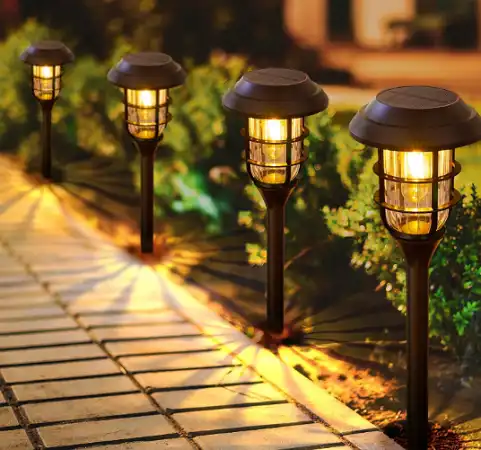
Solar-powered lights are an excellent choice for illuminating outdoor spaces such as pathways, driveways, and garden areas. They eliminate the need for costly electrical wiring and provide a sustainable and environmentally friendly lighting solution. However, it’s essential to consider the location and sunlight exposure to ensure optimal performance.
Security and Safety Lighting
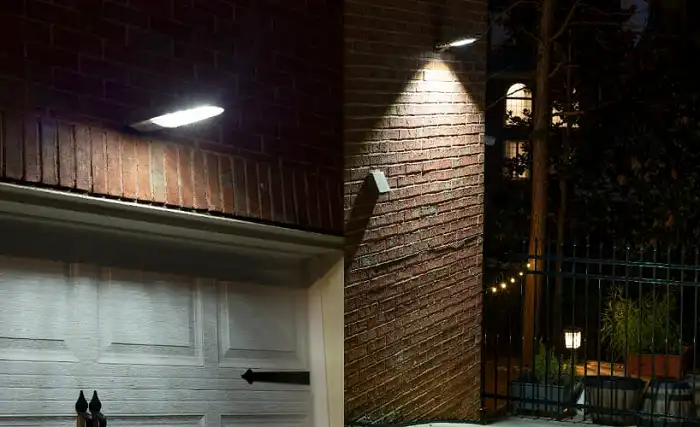
Solar-powered security lights and motion-sensor lights are increasingly popular for enhancing safety and deterring potential intruders. These lights automatically turn on when motion is detected, conserving energy and providing illumination only when needed.
Street and Parking Lot Lighting
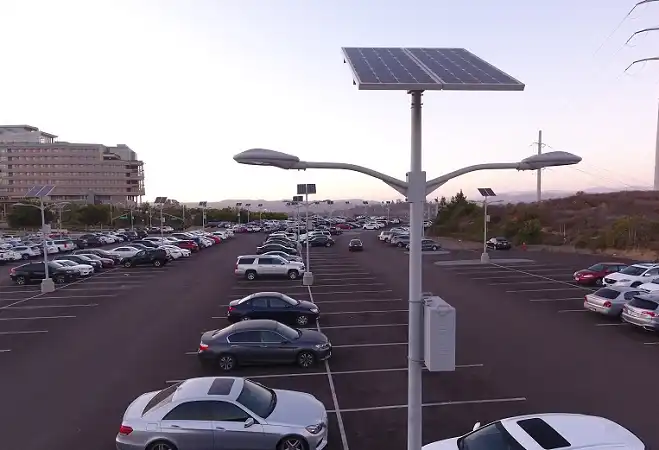
In many municipalities and commercial settings, solar-powered street lights and parking lot lights are becoming more prevalent. These systems can significantly reduce energy costs and maintenance requirements compared to traditional grid-powered lighting.
Conclusion
Solar-powered lights can indeed power themselves to a significant extent, provided that the right conditions are met. By harnessing the sun’s energy and storing it in rechargeable batteries, these lights offer a sustainable and cost-effective lighting solution for various applications. However, it’s important to consider factors such as sunlight availability, panel size and efficiency, battery capacity and quality, and light brightness and usage patterns when evaluating the self-powering capabilities of solar-powered lights. If you have any additional questions or need further clarification on solar-powered lights and their self-powering abilities, feel free to leave a comment below. We appreciate you taking the time to read this article and wish you the best in exploring sustainable lighting solutions.
FAQs
How Long Can a Solar-Powered Light Operate Without Sunlight?
The duration a solar-powered light can operate without direct sunlight depends on the capacity of its rechargeable batteries and the energy consumption of the light. Generally, high-quality solar lights can operate for several nights on a single battery charge.
Can Solar-Powered Lights Work in Cloudy or Rainy Conditions?
Yes, solar-powered lights can work in cloudy or rainy conditions, but their charging efficiency may be reduced due to lower sunlight exposure. The solar panels can still capture diffused sunlight, but the charging process may take longer.
Do Solar-Powered Lights Require Maintenance?
Solar-powered lights generally require minimal maintenance compared to traditional wired lights. The solar panels may need occasional cleaning to remove dust or debris, and the batteries may need to be replaced after a few years of use.
Are Solar-Powered Lights Suitable for Indoor Use?
Most solar-powered lights are designed for outdoor use, as they rely on direct sunlight for charging. Indoor solar lights are available, but they may require supplemental lighting or artificial light sources to charge effectively.
How Long Do Solar-Powered Light Batteries Last?
The lifespan of solar-powered light batteries can vary depending on the battery type, quality, and usage patterns. High-quality lithium-ion batteries can last for several years, while lead-acid batteries may need to be replaced more frequently, typically every 2-3 years.

